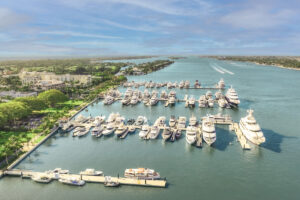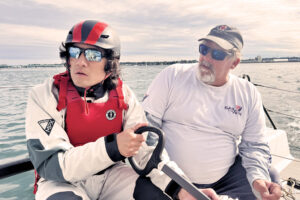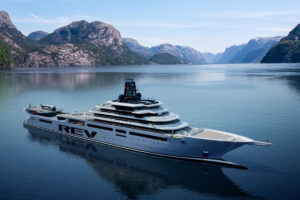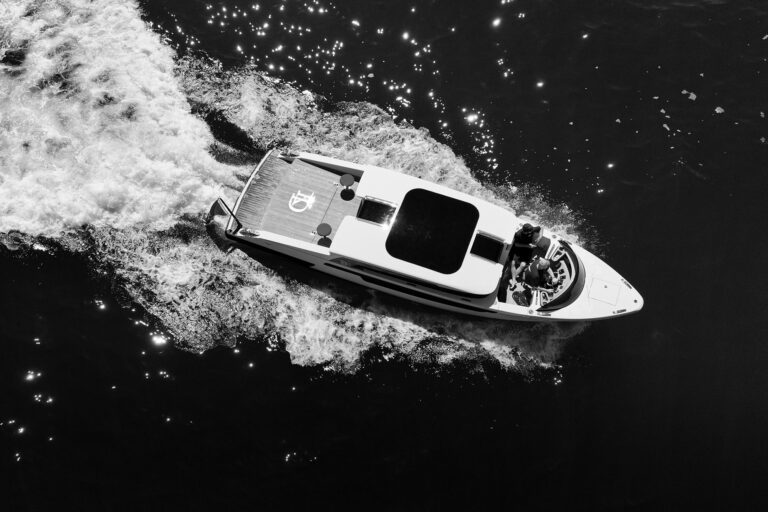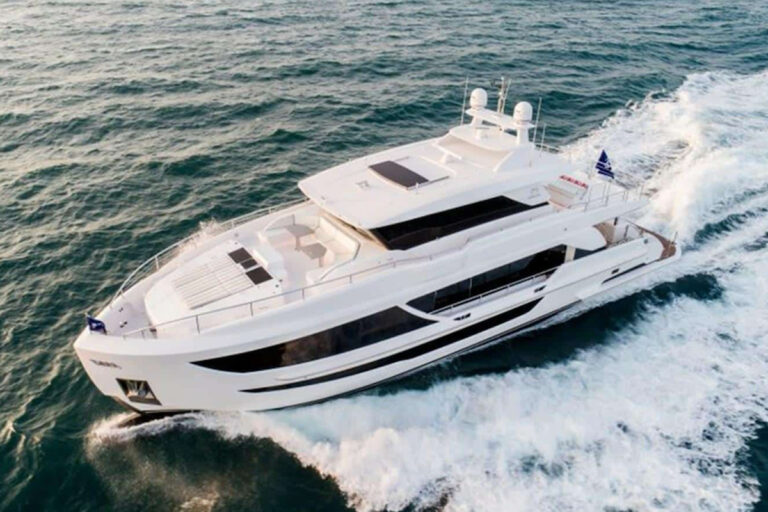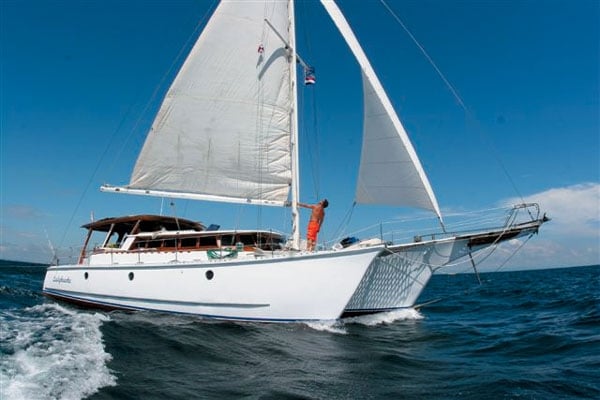
Charter yacht Ladyhawke
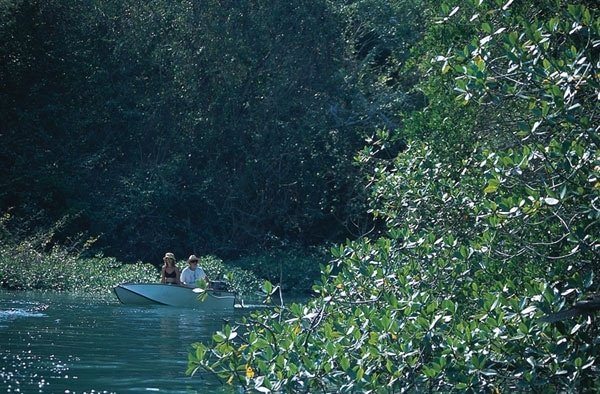
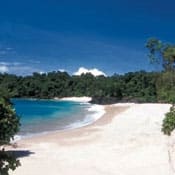
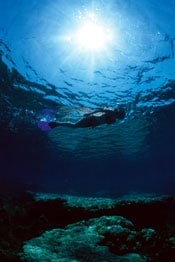
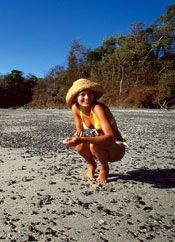
Panama
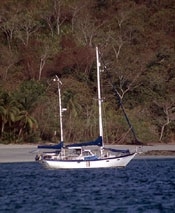
Panama
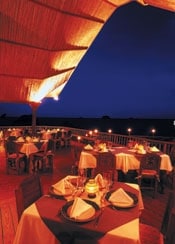
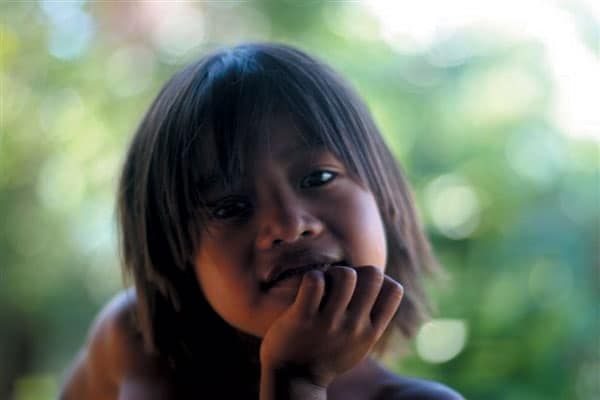
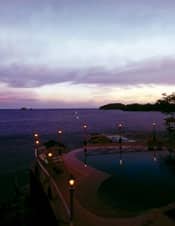
Panama
“Did you see the canal?”
“Did you buy a Panama hat?”
These were the recurring questions our landlubber friends asked after we returned from cruising in Panama waters last winter and spring. And we always replied with an enthusiastic yes!
But for us, Panama will always be its Pacific islands, with their tropical beauty and sparse settlements. This slender thread of a country has 720 miles of coast on the Caribbean side and 1,048 miles on the Pacific; a width varying from 50 miles at the narrowest to 118 at the widest, and more than 1,600 islands, the majority of these on the Pacific side. The most popular group for visiting yateros is the Archipiélago de las Perlas, the name arising from what were once rich beds of large pearls.
We’d been sailing Carricklee, our 45-foot Hardin ketch, south from California along the Pacific coast of Central America. Before heading to the Panama Canal, we decided to explore Panama’s Pacific archipelagos. Passing Punta Mala, Panama’s elbow of a point, we motorsailed all night the 70 miles across the mouth of the perilous Golfo de Panama. Twenty-plus knots of wind, only 30 degrees off the bow, collided with a swift current that had whipped the seas into a wild confusion. With no designated lanes charted for ships entering and exiting the Canal Zone, radar blips were approaching us from all directions.
After an essentially sleepless night, we gazed on the southwesternmost area of the Las Perlas, Isla San José, with much the same awe as the poet John Keats imagined “stout Cortez” to have experienced when, after becoming the first European to cross the Isthmus, he “star’d at the Pacific/Silent, upon a peak in Darien.”
Dropping anchor off Playa Grande, we quickly surmised we had found our first pearl. The wide white sand beach was rimmed from one end to the other with a dense thicket of rich green mangroves, their spidery roots exposed by the low tide. Azure waters of the cove frothed up in white plumes on the reefs and pinnacles that protected the anchorage from the sea.
Tired from our night sail, we took a long nap and awoke just as the sun was dropping behind the island. Ashore, thousands-no, tens of thousands-of sea birds were flocking onto the beach as the tide receded. Elegant terns, Franklin’s gulls, brown pelicans and olivaceous cormorants vied for patches of sand-pushing, shoving, flying with squawks of protest. The birds continued to swoop over the bay for one or two more silvery nibbles before the daylight was gone.
The next morning it was high tide and the shorebirds were gone. We set out by dinghy to explore, crossed an embankment and came to an estuary where blue herons and snowy egrets stalked the shallows, looking warily at us. We looked just as warily-not at the harmless birds-but at the large claw prints, a dragging tail track between them, coming out of the water. A caiman, the small alligator common to the tropical estuaries of Mexico and Central America, was nearby. The prints led across the sand bank toward the bay, where they disappeared into the water now washing over the birds’ haven of last evening. We surmised the caiman had had a picnic not many hours earlier.
Late that afternoon, two fishermen in a panga, the sturdy fiberglass fishing boat ubiquitous in Mexico and Central America, chugged slowly alongside Carricklee, careful not to bump our hull. As one of the men held aloft a sierra, a tropical mackerel we had come to relish, we asked what it would cost. But the men shook their heads in unison. Out for several days of fishing, they had no immediate need for cash. When we offered Cokes and baseball caps with U.S. logos, their shy smiles expressed satisfaction with the trade.
Over the next few days, we continued to find new little gems, with one beach more beautiful than the next. Anchored between Isla Pedro Gonzalez and Isletilla de Don Bernardo, we had a view of a stretch of white beach rimmed with coconut palms, their overlapping fronds thick, alluring fans of green swishing in the breeze. Only as we approached by dinghy did we see a small house. The sole occupant of this sweet little cove was an 83-year-old man, whose young wife had chosen to remain in Panama City. Walking the length of his beach at low tide, we gathered shells for our collection and one special treasure, a muricanthus, its spines intact and the black and white striations vivid.
A day later we found a beach that seemed to have been draped in silk tie-dyes of soft pinks, roses and magentas. The magic of Bayoneta Island arises from its millions of scallop shells. We spent over an hour walking the length of the beach, in search of perfection, finding it only to discard those shells for the next batch.
Next was Isla del Rey, the undeniable “king” of the Perlas in terms of size, with more popular anchorages than any of the smaller islands. Off Espiritú Santos, on Isla del Rey’s north side, we found eight other boats, yet had our choice of spots in which to drop anchor. Given that the wind was blowing consistently in the 20-plus range, the stillness of the water astonished and elated us.
We eagerly accepted an invitation from an American couple, from the sailboat Mamouna, for a group excursion through one of the several estuaries that wander inland. We set off in three tenders up into the wide mouth of one waterway, peering around each turn like explorers.
Once we turned off this main channel into one of the arms reaching into tangles of mangroves, it was as if we’d come in out of the storm: no wind, no waves-just silence. But as our ears cleared from the clatter of the motors, we began to pick up sounds: crackles and pops from the roots and low branches of the mangroves; higher up, the creaks of limbs and branches rubbing together like unoiled hinges; and, from the tops of the trees, the soughing of wind through the leaves.
Drifting more deeply into the narrowing channel, we watched colorful Sally Lightfoot crabs crawling along the exposed roots and low branches of the mangroves. Flocks of whimbrel and white ibis flew up ahead of us, then circled back to land in the trees behind us. Scanning the soggy banks for caimans and the tree limbs for snakes, we felt both disappointed and relieved not to see any.
Eventually, the channel constricted to no more than a shallow, limb-strewn slough, and we retraced our track, squinting as the mangroves gradually retreated on either side of the sinuous estuary to let in the light.
Too soon, we needed to hasten on to Panama City. We’d been out of harbor for over a month with only minimal replenishments, fresh fish and a few tropical fruits here and there. To break up the 60-mile passage from Espiritú Santos to Balboa Yacht Club, we anticipated one more stop, at Isla Contadora. Some may remember Contadora as the meeting place for a Central America peace initiative, others as the place of exile for the late Shah after the Iranian Revolution. In colonial times the conquistadors stopped here to inventory their booty before returning to Spain-thus the name Contadora, from the verb contar (to count).
Contadora is another jewel of an island, with picturesque coves and sugary beaches. This pearl, however, had become a bit too polished for our tastes. The anchorages were crowded and hotels lined the beach. Overhead, small airplanes shuttled the 40 or so miles between here and Panama City. All these facilities are, to be sure, important.
But our Panama lay behind us, in the less-traveled islands.
Panama Is Your Oyster
You don’t need to bring your own boat to sail Panama’s Las Perlas archipelago. Ladyhawke, a 63-foot trimaran has been based there ever since her captain, Ross Kleiman, fell in love with these islands, bought his own boat and set up Panamaniac Charters. Ladyhawke can take up to 10 guests and charters for about $1,000 per person, per week. If you’d like, Kleiman can also arrange trips to the jungles of the Darien Gap (www.panamaniac.net). Panama Yacht Tours has a fleet of sportfishermen and one 118-foot trideck motoryacht (www.panamayachtcharters.com). For a shore stay or just an excellent meal or fresh local fish and organic produce, try the luxurious “eco resort” Hacienda del Mar (www.haciendadelmar.net). The Panama Guide by Nancy and Tom Zydler, remains the best cruising guide.

